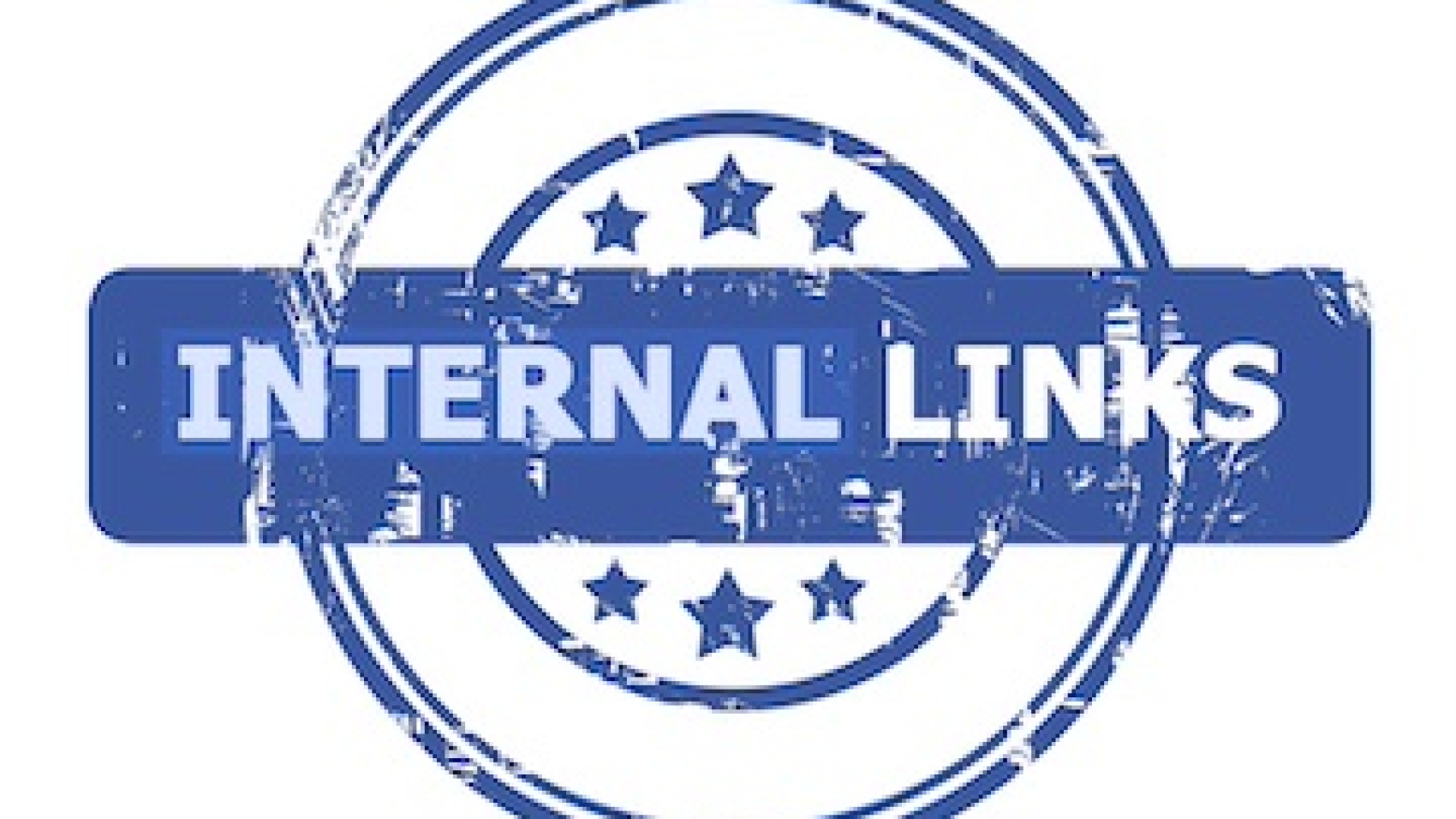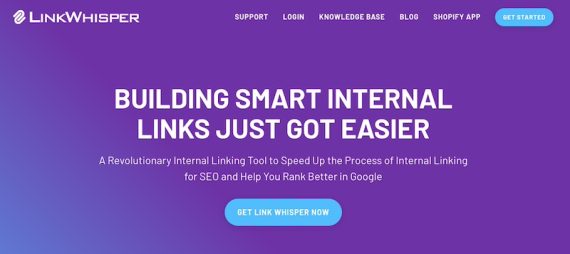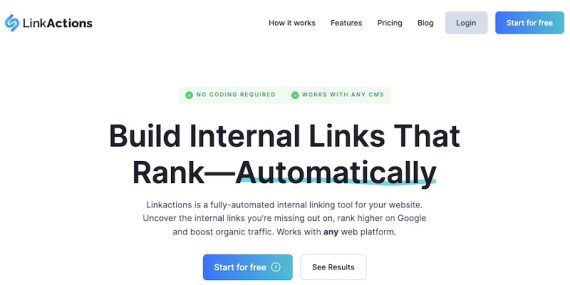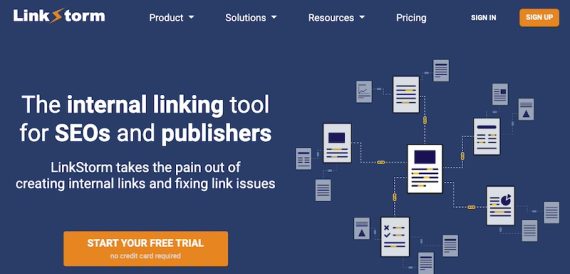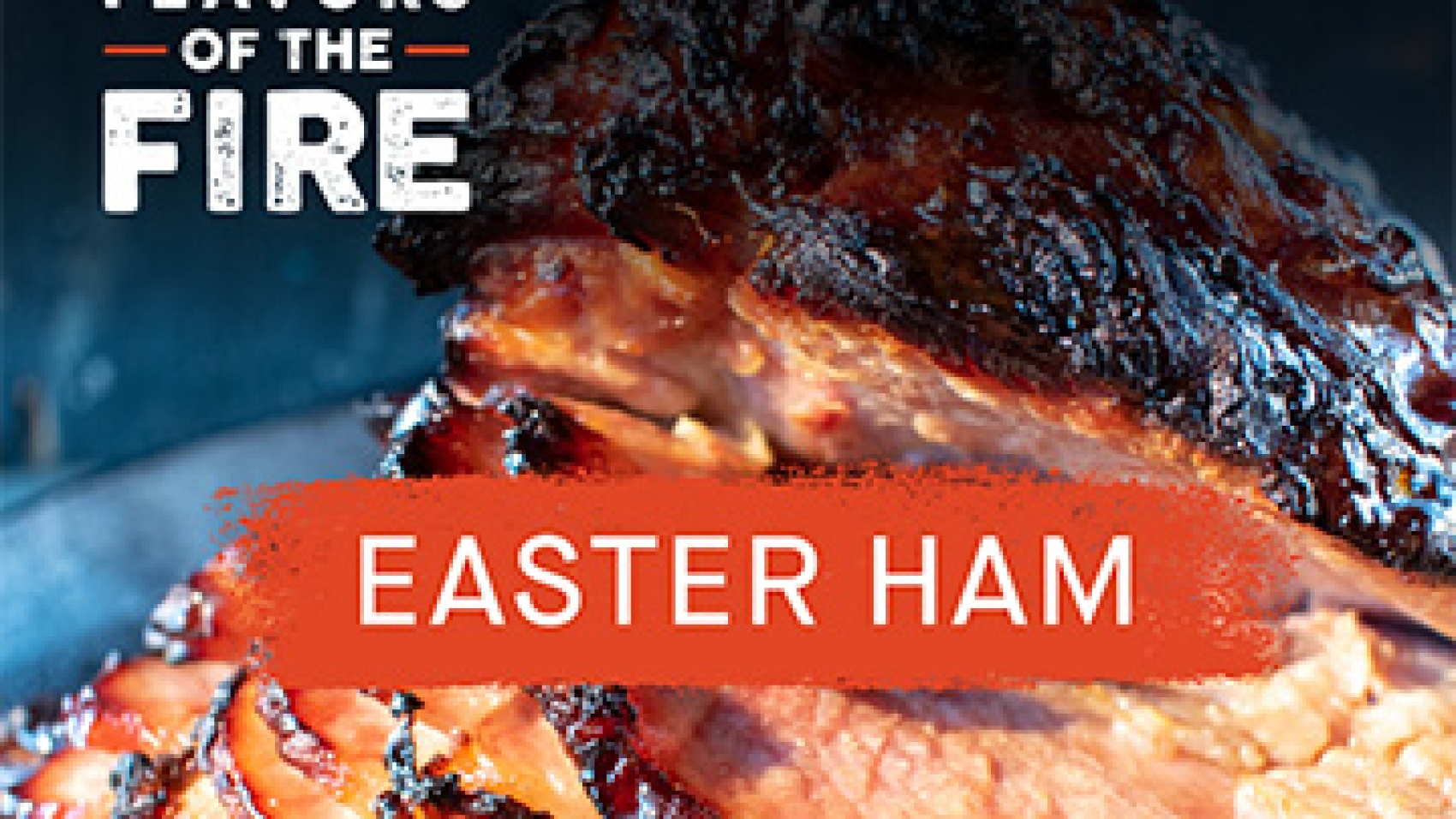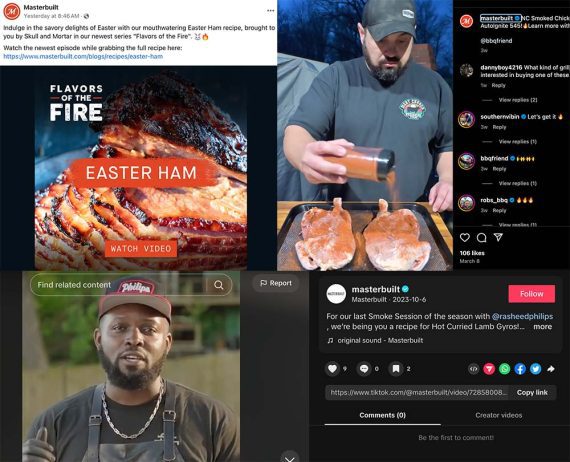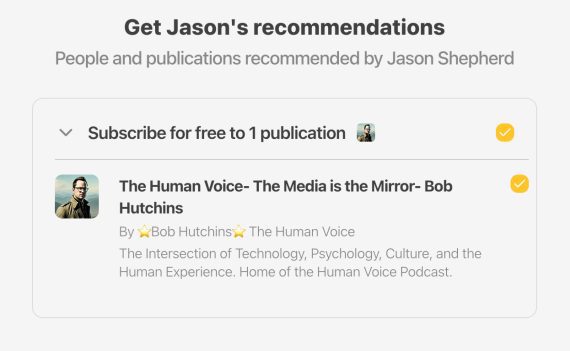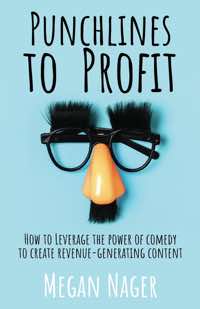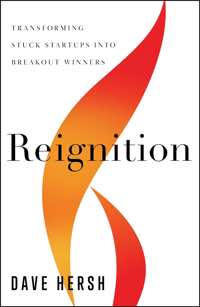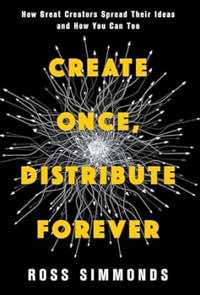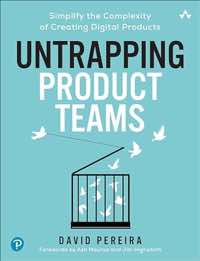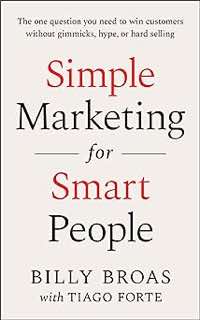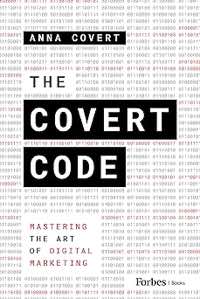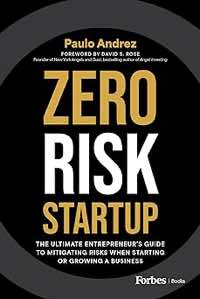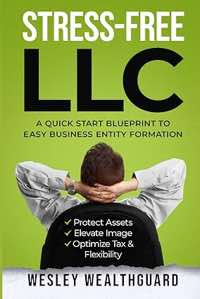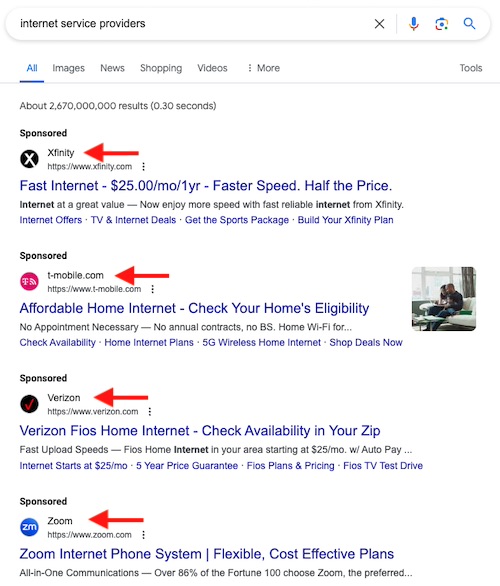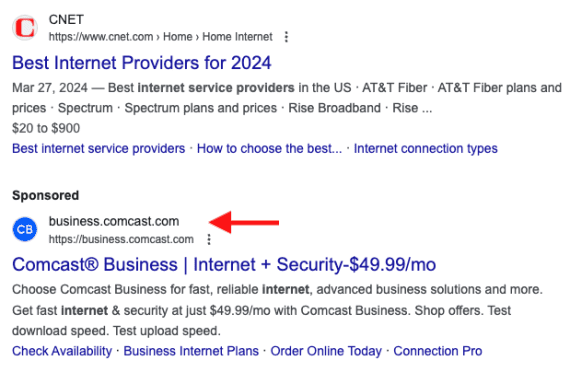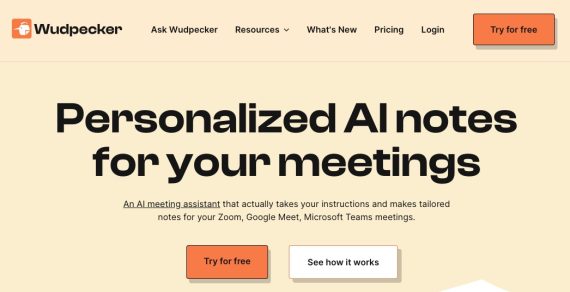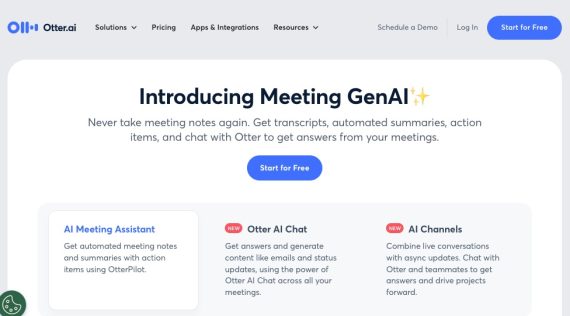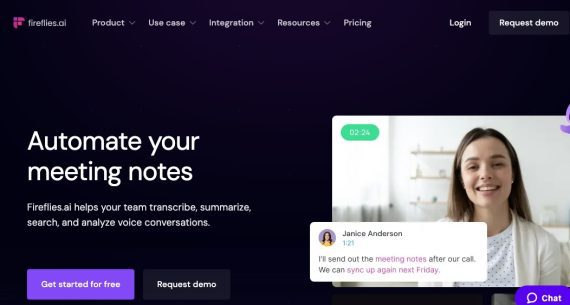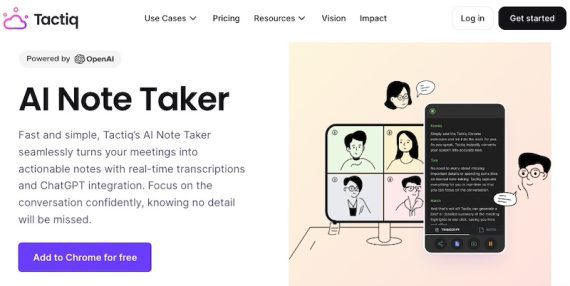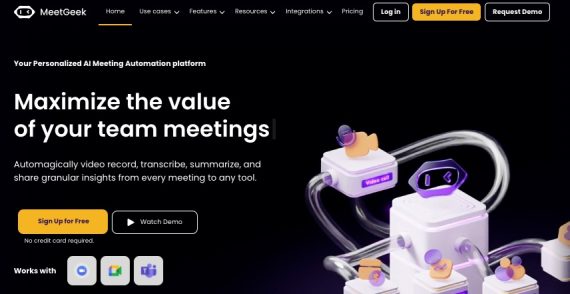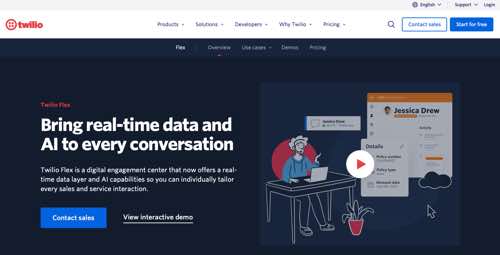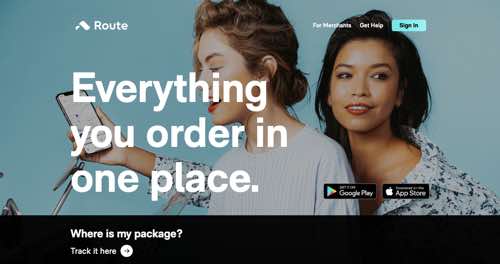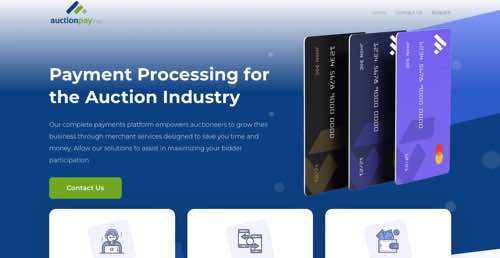[ad_1]
Market research tools have used machine learning for years, mostly for enterprise companies. But AI is now accessible for any business to study competing brands, market gaps, and more.
Here are four AI platforms for competitor research.
ChatGPT, Gemini
To test, I used paid versions of Gemini and ChatGPT. My prompt for both was:
I own a domain registrar and hosting business. My competitor is GoDaddy. Research this competitor and tell me the biggest pain points of its customers and how those points are opportunities for me. Return results in a table format: pain point => opportunity.
The results were similar from both platforms. I have reproduced the tables for this article.
ChatGPT quoted and linked to its sources:
| Pain Points [ChatGPT] | Opportunity for Your Business [ChatGPT] |
|---|---|
| Inconsistent Customer Service (Complaints Board) (TrustRadius) | Offer consistent, high-quality customer support across all channels to ensure customer satisfaction and loyalty. |
| Confusing Pricing and Packages (TrustRadius) | Implement transparent, simple pricing models without hidden fees to attract customers seeking straightforward deals. |
| Performance Issues: Slow Servers, Long Load Times (TrustRadius) | Invest in robust infrastructure to guarantee high performance and reliability, enhancing customer trust and retention. |
| Restrictive Policies on Usage (Complaints Board) | Adopt clear, flexible policies and communicate them transparently, providing customers with solutions that meet their needs. |
Gemini provided no sources, but it did cite GoDaddy’s “Aggressive upselling techniques,” which, in my experience, is a frequent complaint. It also offered an option to export the table as a Google Sheet.
| Pain Points [Gemini] | Opportunity for Your Business [Gemini] |
|---|---|
| Complex pricing with hidden fees and upsells | Offer transparent pricing structures with no hidden costs and clear renewal rates. |
| Inconsistent, sometimes unhelpful technical support | Provide exceptional customer service with knowledgeable staff focused on genuine solutions. |
| Aggressive upselling techniques | Adopt a customer-centric sales approach focused on addressing client needs, not pushing unnecessary products or services. |
| Limited customization options | Offer customizable website building and hosting solutions for greater control. |
IdeaApe
IdeaApe analyzes the online sentiment of any keyword or brand and uses AI to return a detailed description of:
- Buyer personas,
- Pain points for each persona.
- Business opportunities based on the pain points.
In my testing, IdeaApe relied on Reddit, a known channel for discovering and verifying new business ideas.
IdeaApe doesn’t offer a free trial, so I tested it with the fashion brand Zara, one of the demo searches: “What’s annoying with the brand Zara?” IdeaApe produced multiple buyer personas, pain points, and opportunities.
Here are the results for “Ethical Shopper” and “Quality-Conscious Consumer” personas:
Ethical Shopper
- Pain Point 1: Concerned about Zara’s unethical practices, including exploitation of labor and support of controversial political actions, which conflict with their values.
- Pain Point 2: Frustrated by Zara’s environmental impact and the social injustice perpetuated by fast fashion, seeking more sustainable and ethical alternatives.
- Opportunity: Sustainable and Ethical Fashion Line. Launching a dedicated line that focuses on sustainable materials, ethical labor practices, and transparency in the supply chain would directly address the concerns of both the Ethical Shopper and the Socially Conscious Youth. This initiative could include partnerships with ethical brands, certifications to validate claims, and detailed product backstories to ensure customers feel aligned with their values when purchasing.
Quality-Conscious Consumer
- Pain Point 1: Disappointed by the poor quality of Zara’s products, including issues with construction, materials, and durability, leading to a waste of money.
- Pain Point 2: Annoyed by the inconsistency in Zara’s sizing, making online shopping difficult and often resulting in the need for returns or exchanges.
- Opportunity: Quality Assurance Program with Price Matching. Implementing a quality assurance program that guarantees the durability and longevity of products can address the concerns of the Quality-Conscious Consumer. Coupling this with a price-matching policy can also appeal to the Budget-Friendly Shopper, ensuring they feel they are getting the best value for their money. This dual approach would encourage trust and loyalty among customers who prioritize both quality and affordability.
Overall, IdeaApe’s findings were helpful but generic and obvious. It listed the Reddit threads used for the research, although not beside each pain point, which complicated the verification.
Pricing for IdeaApe starts at $24 per month for 50 searches.
Kompyte
Kompyte is a monitoring platform that tracks competitors’ reviews, on-site content, social media, ads, job postings, and more. The tool then uses AI to generate action items and business opportunities.
The platform is helpful for starting a business or keeping an eye on competing companies. (Crayon is a similar technology.)
Kompyte doesn’t offer a free trial. It reveals pricing only after watching a demo.
Source link






